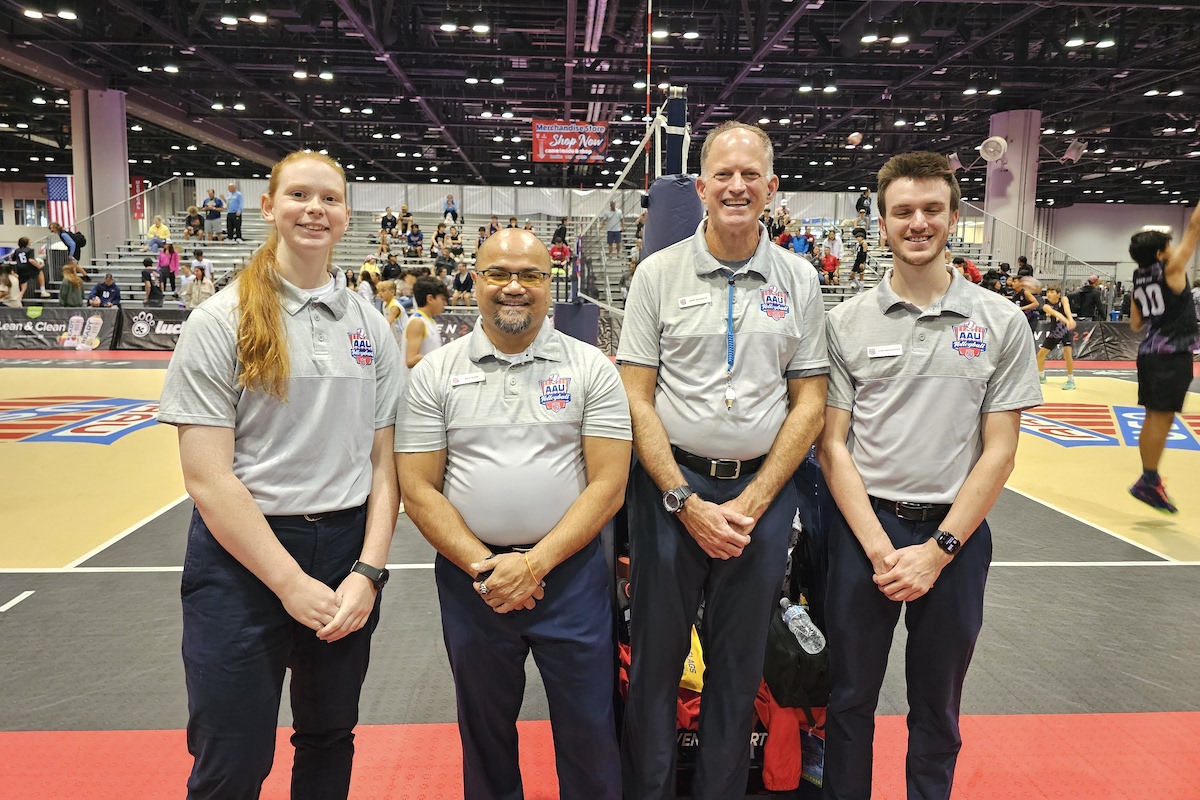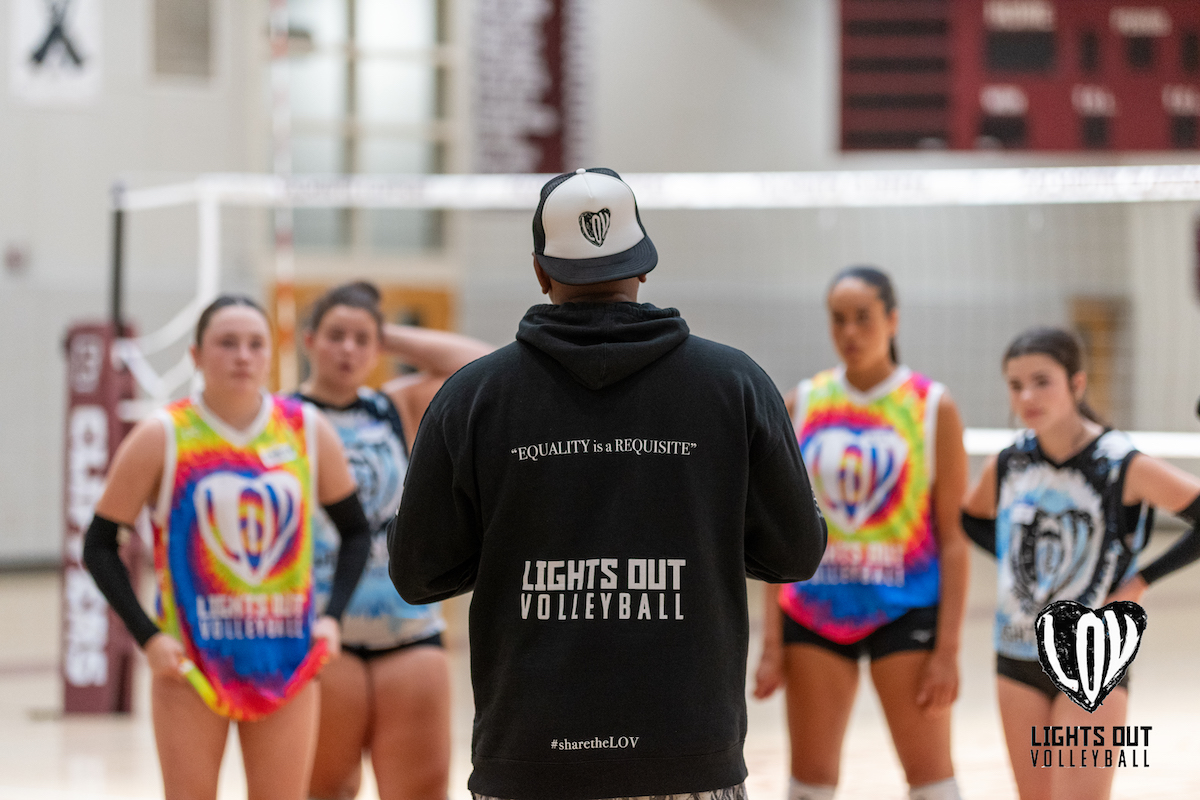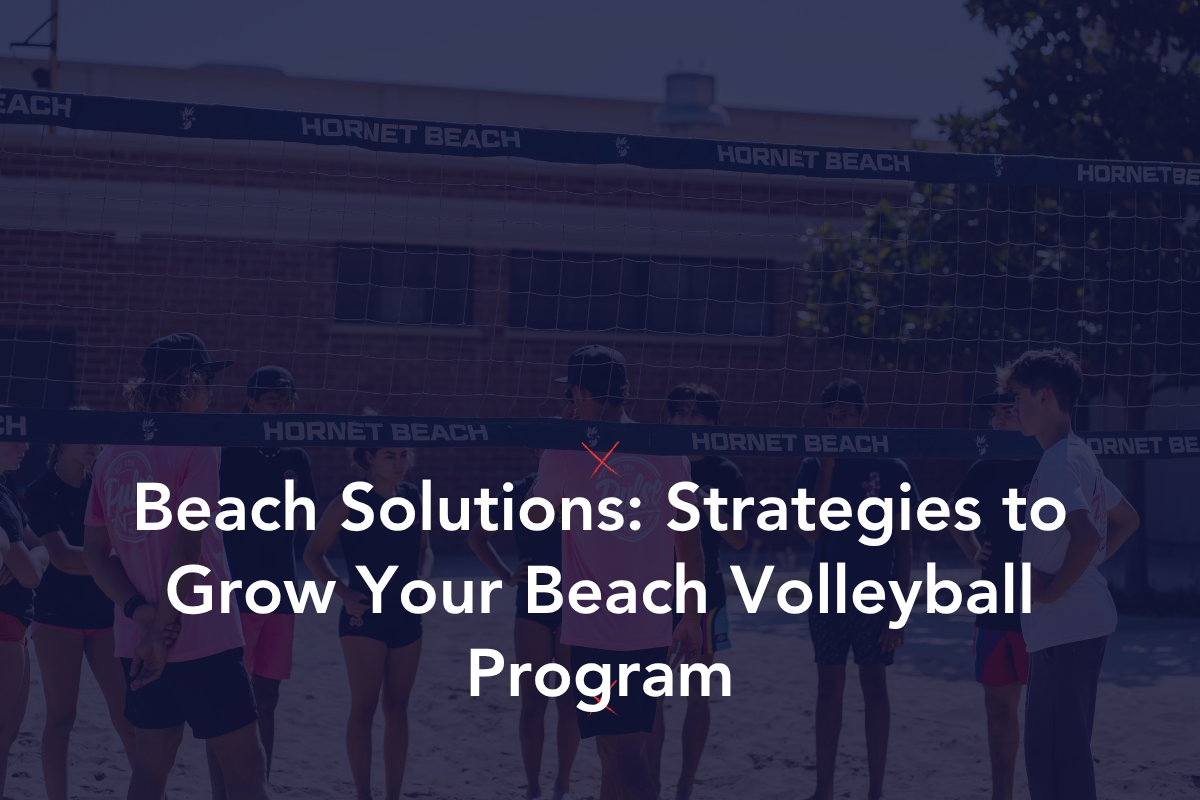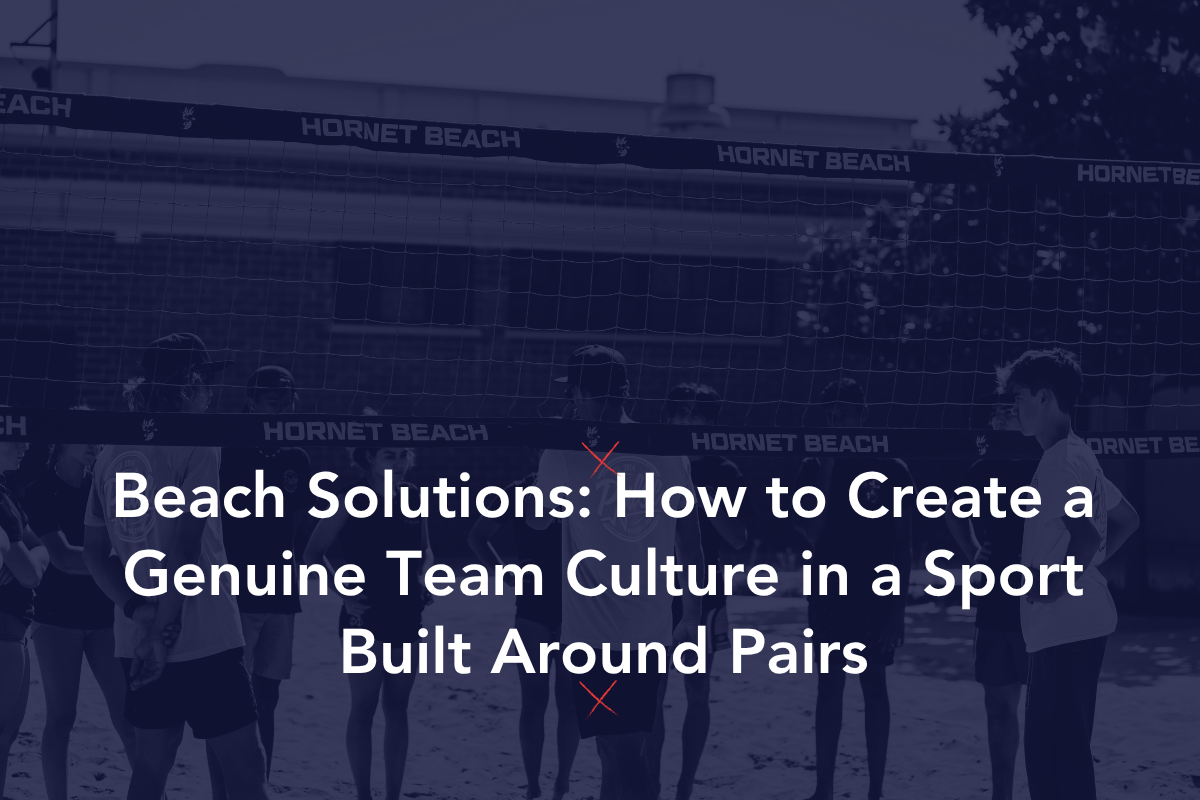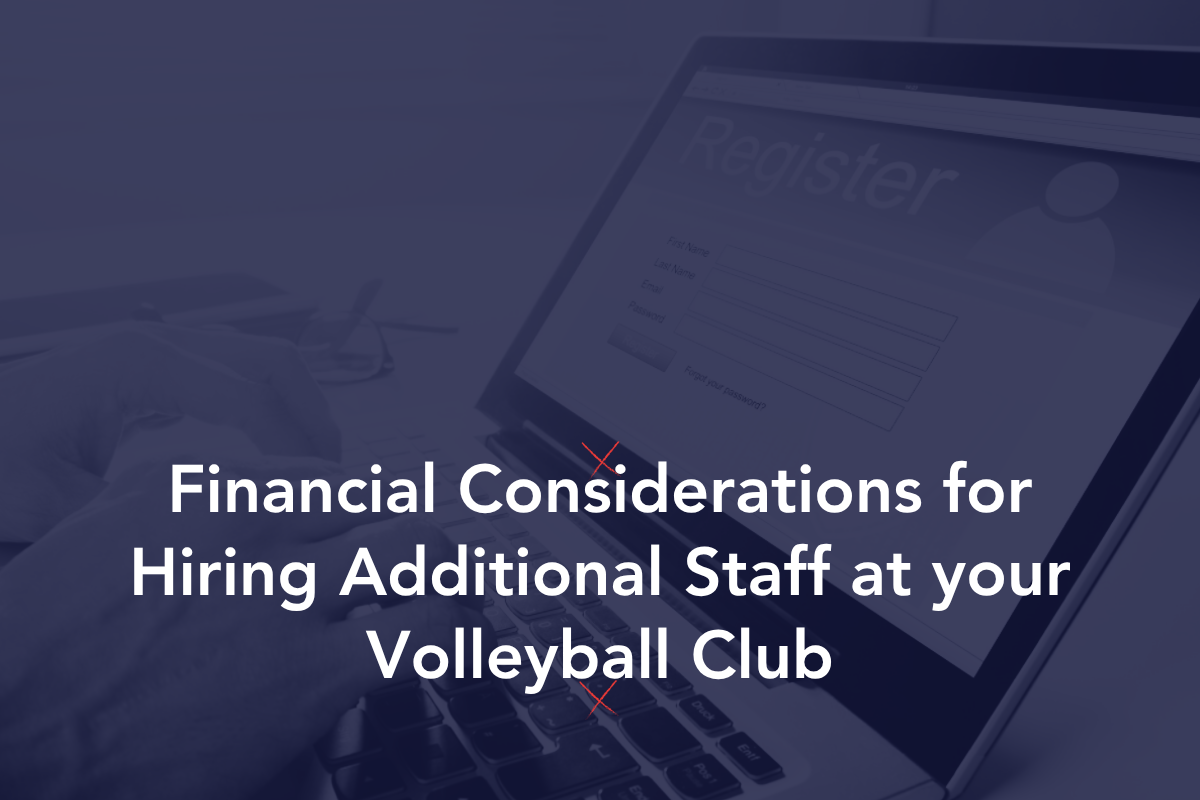It’s no secret that there is a direct correlation between the growth of boys volleyball and the growth of men’s college volleyball. Men’s collegiate volleyball has grown exponentially, adding new programs every year, and has reached 278 programs in 2023. For boys volleyball athletes aspiring to play college volleyball, here are some athletic benchmarks we’ve received from several collegiate programs and information that coaches can share with boys aspiring to play at the collegiate level.
Here is a breakdown of men’s collegiate programs:
Division I/II – View List of Schools HERE.
66 programs competing in 2023
Division III – View List of Schools HERE.
126 programs competing in 2023
NAIA – View List of Schools HERE.
67 programs competing in 2023
Two-Year College programs in the CCCAA – View HERE.
31 programs competing in 2023
D1/D2: These college programs compete in the same championship and therefore recruit the same athletes.
D3: This division has seen the most growth in the number of programs at this level. There is a wide range of skill level from teams that are competitive with some D1/D2 programs to first year programs building their rosters, or programs with athletes that love volleyball and are not worried about competing for a National Championship.
For a map of men’s collegiate programs click HERE.
Average height range:
D1/D2: 6’3″ – 6’8″
D3: 5’10-6’7”
Club experience:
D1/D2: 2-4 years
D3: This depends on the program. High level D3 is 2-3 years. It is also dependent on the athletic ability of the recruit. At the lower D3 level club volleyball is not always necessary.
High school experience:
D1/D2: 2-4 years
D3: 2-4 years
Standing Reach
D1/D2: 8′ 3.5″. Athletes who have a longer wingspan than their height
Vertical Jump
D1/D2: 32.5″
Approach Jump
D1/D2: 11′. Goal is to recruit athletes who touch over 11″ or that have a potential to touch over 11″
D3: 10’6″. Top D3 programs will have a couple athletes on the roster above 11′
Block Jump
D1/D2: 10′ 5″
D3: Around 10′
Average male volleyball player height by position:
OH
D1/D2: 6’4″
D3: 6’2”
MB
D1/D2: 6’7″
D3: 6’4”
Opp
D1/D2: 6’6″
D3: 6’2”
Setter
D1/D2: 6’3″ (Range 5’10-6’9”). Ability to locate a consistent, hittable ball, serve tough and play defense are more important athletic benchmarks than the jump touch.
D3: 6’0”
Libero
D1/D2: 6’0″
D3: 5’10”
Note: these are average benchmarks and there are always exceptions.
There is more education about the recruiting process than ever before, so athletes
It is important for athletes to be on top of the process. The demand for schools with scholarships is ever increasing as the sport continues to grow. Boys need to make sure they are sending emails frequently, and keeping their options open. Being on top of the communication with college coaches is pivotal as the coaches are flooded with many more emails than in the past. Even if a coach cannot email you back because of NCAA recruiting regulations, the outreach lets that coach know you are interested in their program. Sharing your competition schedule then gives the coach the opportunity to evaluate your athletic ability.
“Kids just seem a lot more educated on the rules and procedures of recruiting these days. I get more emails from underage kids saying “I know you can’t write me back, I just want you to know that…” as opposed to 10 years ago kids were concerned when we wouldn’t reply to them” shares Princeton Men’s Volleyball Head Coach Sam Shweisky.
Additionally, college coaches understand that may have to pass on players that could be impact athletes for their program if they are out of scholarship money. However, coaches are constantly reaching out to one another if they have to pass up on players who they identify need to be playing at the next level, so it is important for recruits to establish as many relationships with college coaches as they can in order to open more doors.
For more recruiting education click HERE.



